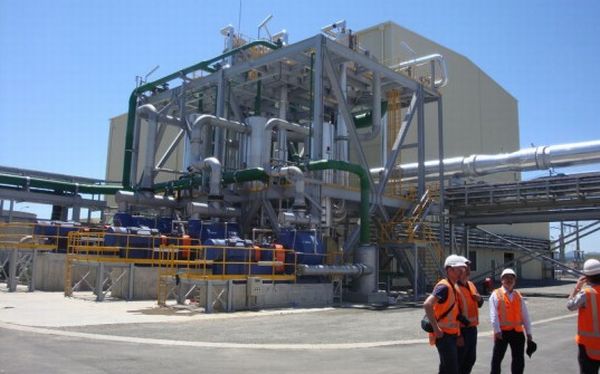
Geothermal power plants may appear to be easy on paper but actually they need engineering at such a large scale that has never been made use of before. Geothermal power plants use the earthâs heat to heat the water which is then used to run a steam turbine. In order to do this, engineers have to dig below the earthâs surface and then insert shafts into the dug holes. After the shafts are in their proper places, cold water is shot down into them for bringing the superheated water back to the earthâs surface, which is then used to move the steam turbines. Various scientists say that the electricity produced in this way is fully safe, clean and virtually an inexhaustible process capable of fulfilling the worldâs yearly power needs. Some of the biggest and most famous geothermal energy generating plants of the world are listed below.
1. Utahâs 10MW geothermal power plant
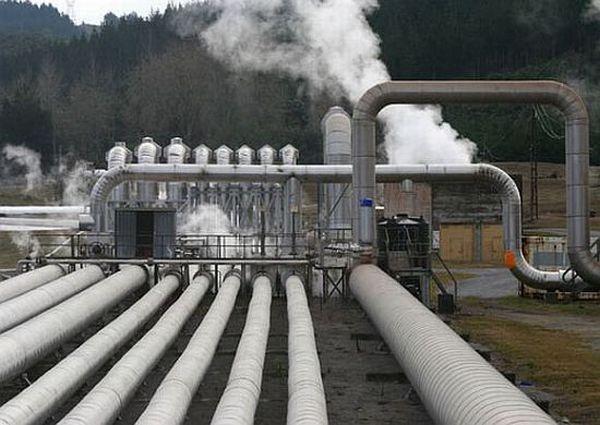
This is an eco-friendly project that has been constructed along the largest geothermal hotbeds uncovered since the last 25 years and has taken only 6 months to finish. The company has said that their zero-emission plant is capable of providing 10MW of green power the day it has started to function. However, geothermal power plants have their own negative points. The construction of these plants can affect the land stability severely in the surrounding area. Also, a considerable amount of heat generated is lost that decreases the efficiency of such plants.
2. Raser Technologiesâ 10MW geothermal power plant
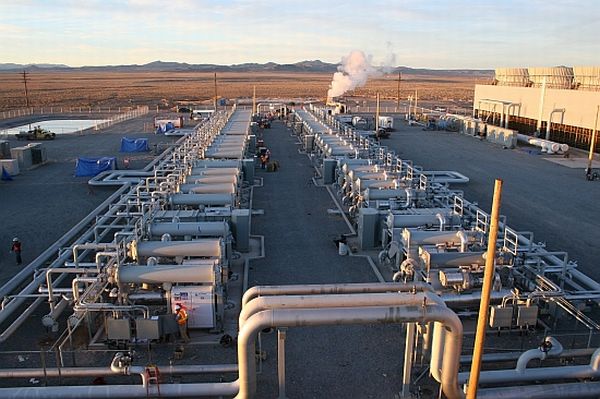
After a lead time of five months, Raser Technologies has introduced their geothermal power plant in Beaver County, Utah that has started to generate 10MW electricity and is distributed it to Anaheim, California. Traditionally, a geothermal power plant requires up to 5 years lead time before it begins to generate power. Raser plant has made use of those modular components that are off-the-shelf and are taken from the air conditioning industry to minimize the lead time to a large extent.
3. Indonesia plans to tap volcano power for 4000MW of clean electricity
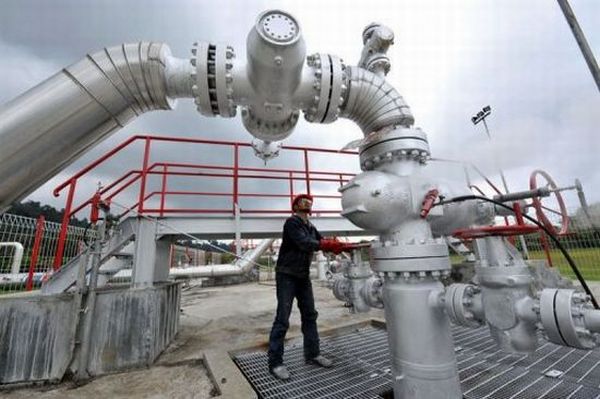
Indonesia has launched a grand plan to utilize the immense power of its volcanoes that occupy an area from the Indian to the Pacific Oceans and generates about 4000MW of green energy. The 17,000 islands comprise of hundreds of volcanoes that are expected to hold around 40 percent of the worldâs potential of geothermal energy. This country is determined to generate 4GW of power by the year 2014, which will multiply the present capacity of 1189MW four times.
4. Harry Reid’s worldâs first hybrid solar-geothermal power plant
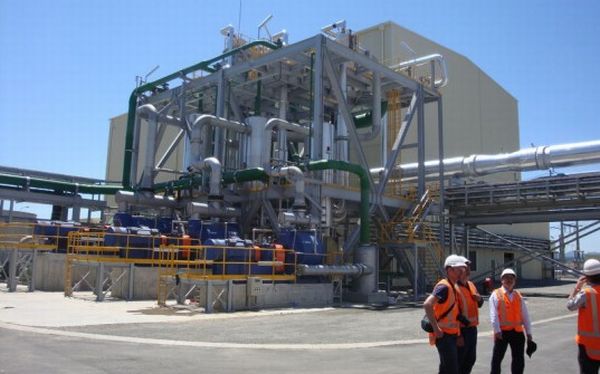
This is the worldâs first hybrid power plant, and is built at the location of present Stillwater Geothermal Plant. Even though the solar component is insignificant, it is a big step forward towards combining the renewable sources of energy. This new hybrid of solar and geothermal energy power plant is constructed by Enel, which is one of the worldâs biggest power plant developers, and is also used to carry out the test runs of similar projects.
5. New geothermal power plant could provide a tenth of UK’s electricity
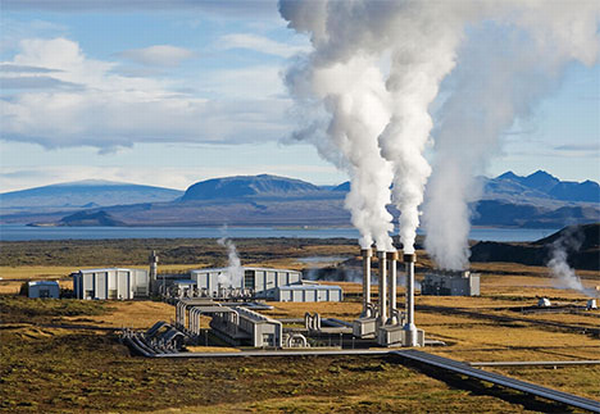
In this technology, natural heat that lies beneath the earthâs surface is used to produce electricity. The heat generated is used to run electricity-generating turbines. This is the prospective power station of the UK that can account for 10 percent of the UKâs electricity requirements. Furthermore, it is considered as the most feasible and reliable option in contrast to controversial wind farms. This plant generates 3MW of electricity that is carbon-neutral, and is sufficient to provide power supply to approximately 5,000 homes.
Undoubtedly, the geothermal power options are much better then nuclear energy usage, but the costs associated with it are much higher than their other counterparts. Only drilling a 3 mile tunnel below the ground will cost around $8 million, and if you want to produce 100 Gigawatts of power, you require an investment of more than a billion dollars. The rocks that are tapped with drilling would eventually lose their heat in some decades and then new wells would need to be drilled somewhere else. The tunnels that are dug are at a huge risk of collapsing in case of earthquakes.


